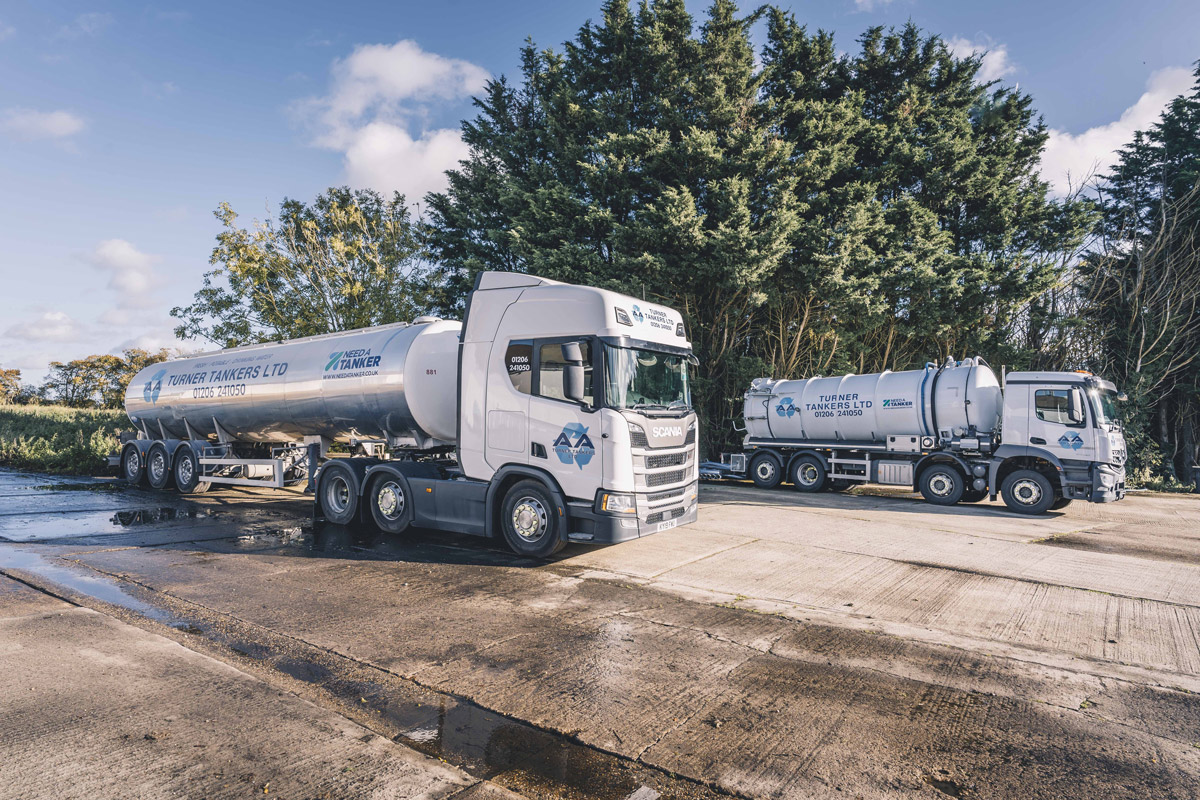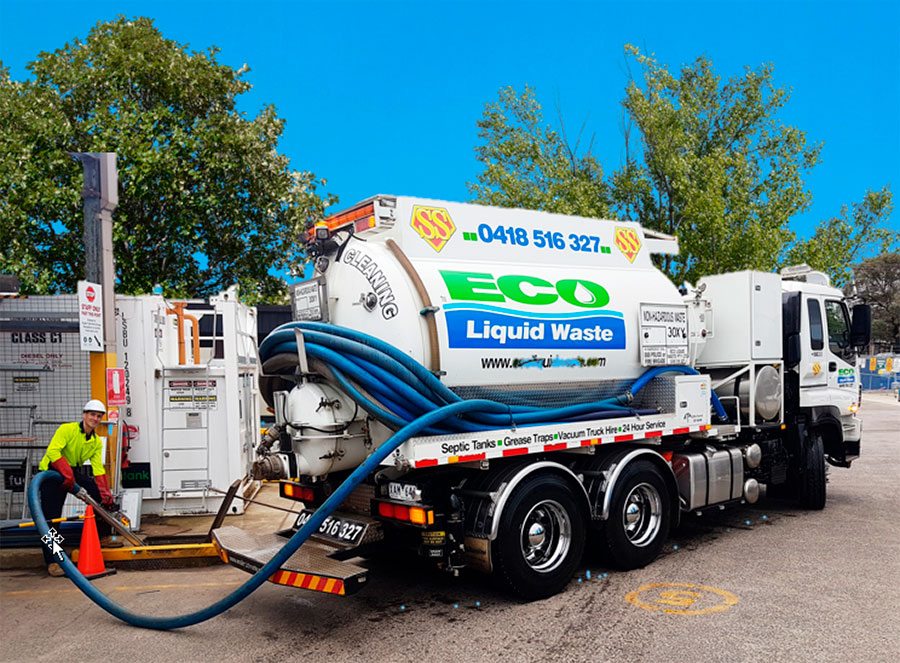Reclaim Waste for Dummies
Reclaim Waste for Dummies
Blog Article
Reclaim Waste Can Be Fun For Anyone
Table of ContentsThe 30-Second Trick For Reclaim WasteReclaim Waste Fundamentals ExplainedThe smart Trick of Reclaim Waste That Nobody is Talking AboutSome Known Questions About Reclaim Waste.The Of Reclaim Waste
Explore the kinds, incidents, and forms of fluid waste. Domestic sewage waste describes the waste and products from a household sewage-disposal tank. This sort of waste is created by human beings in homes, schools, and various other buildings. This only consists of sewage-disposal tanks that have a drain area. The proper monitoring and disposal of domestic sewer waste require fluid waste to be transferred to a sewer treatment plant where the appropriate approaches and devices are used to cleanse and take care of waste.
Business waste typically consists of potential dangers, such as flammable materials or a mixture of liquid and strong waste products, and calls for an advanced and comprehensive disposal process. The disposal of commercial waste usually entails the filtration of waste before transport to make certain safe and correct disposal. Industrial waste is produced from by-products and runoff of industrial procedures and manufacturing.
This kind of waste can not make use of the same sewage administration transport or procedures as septic or commercial liquids. The industrial waste administration procedure calls for the assessment and screening of fluid waste before it goes through the disposal process (industrial wastewater treatment). Drainage waste is the fluid waste that originates from runoff and excess stormwater in highly populated areas or cities
Runoff waste can cause contamination and flooding if not dealt with correctly. Discover much more about drain cleaning and waste management. Making sure proper waste administration can avoid disasters and reduce environmental injury. Both people in property settings and professionals in commercial or manufacturing markets can take advantage of understanding the procedures and laws of liquid waste management.
Get This Report on Reclaim Waste
Get in touch with PROS Services today to discover our waste administration and disposal services and the appropriate means to take care of the fluid waste you produce.
(https://reclaimwaste1.bandcamp.com/album/reclaim-waste)Do you recognize what occurs to your water when you disengage, purge the bathroom or drain pipes the cleaning machine? No? Well, it deserves understanding. This supposed 'wastewater' is not only an important source however, after therapy, will be released to our land, rivers or the ocean. Utilized water from toilets, showers, bathrooms, kitchen area sinks, washings and industrial processes is recognized as wastewater.

water utilized to cool equipment or tidy plant and devices). Stormwater, a form of wastewater, is drainage that flows from farming and urban areas such as roofs, parks, gardens, roadways, paths and seamless gutters into stormwater drains pipes, after rainfall. Stormwater flows unattended directly to neighborhood creeks or rivers, ultimately getting to the ocean.
The Ultimate Guide To Reclaim Waste
In Queensland, the majority of wastewater is treated at sewer treatment plants. Wastewater is carried from residential or industrial sites through a system of sewers and pump terminals, recognized as sewage reticulation, to a sewage treatment plant.
The Department of Natural Resources advises city governments concerning handling, operating and preserving sewerage systems and therapy plants. In unsewered locations, regional governments may call for owners to set up individual or household sewer therapy systems to treat domestic wastewater from commodes, kitchen areas, shower rooms and laundries. The Division of Natural Resources authorizes making use of home systems when they are proven to be reliable.
The majority of stormwater gets no treatment. In some brand-new class, treatment of some stormwater to get rid of trash, sand and gravel has actually begun using gross toxin catches. Wastewater therapy happens in 4 stages: Removes strong matter. Bigger solids, such as plastics and other items wrongly released to sewers, are gotten rid of when wastewater is travelled through displays.
Wastewater then moves into huge tanks where solids clear up and are removed as sludge. Oil and scum are skimmed from the surface area. Uses little living organisms recognizes as micro-organisms to damage down and remove continuing to be dissolved wastes and fine fragments. Micro-organisms and wastes are integrated in the sludge. Eliminates nitrogen and phosphorus nutrients that could create algal blossoms in our rivers and endanger aquatic life.
What Does Reclaim Waste Mean?
Nutrient elimination is not readily available in all sewer therapy plants due to the fact that it requires expensive specialised devices. It is ending up being extra common in Queensland. Clear liquid effluent produced after treatment may still have disease-causing micro-organisms. If this effluent is released into rivers such as rivers or the sea, the micro-organisms will eventually pass away out.

A lot of wastewater flows right into the sewerage system. Under the Act, neighborhood governments carry out approvals and permits for ecologically pertinent activities (Periods) including wastewater launches that may have a neighborhood effect.
Getting The Reclaim Waste To Work
Or else, samples are taken for research laboratory analysis. Commonly several tests are required to develop the levels of each of the different contaminants such as oils, hefty steels and chemicals in water. Monitoring offers accurate info concerning water top quality and can confirm that licence conditions are being satisfied. The info acquired via surveillance gives the basis for making water quality decisions.
Report this page